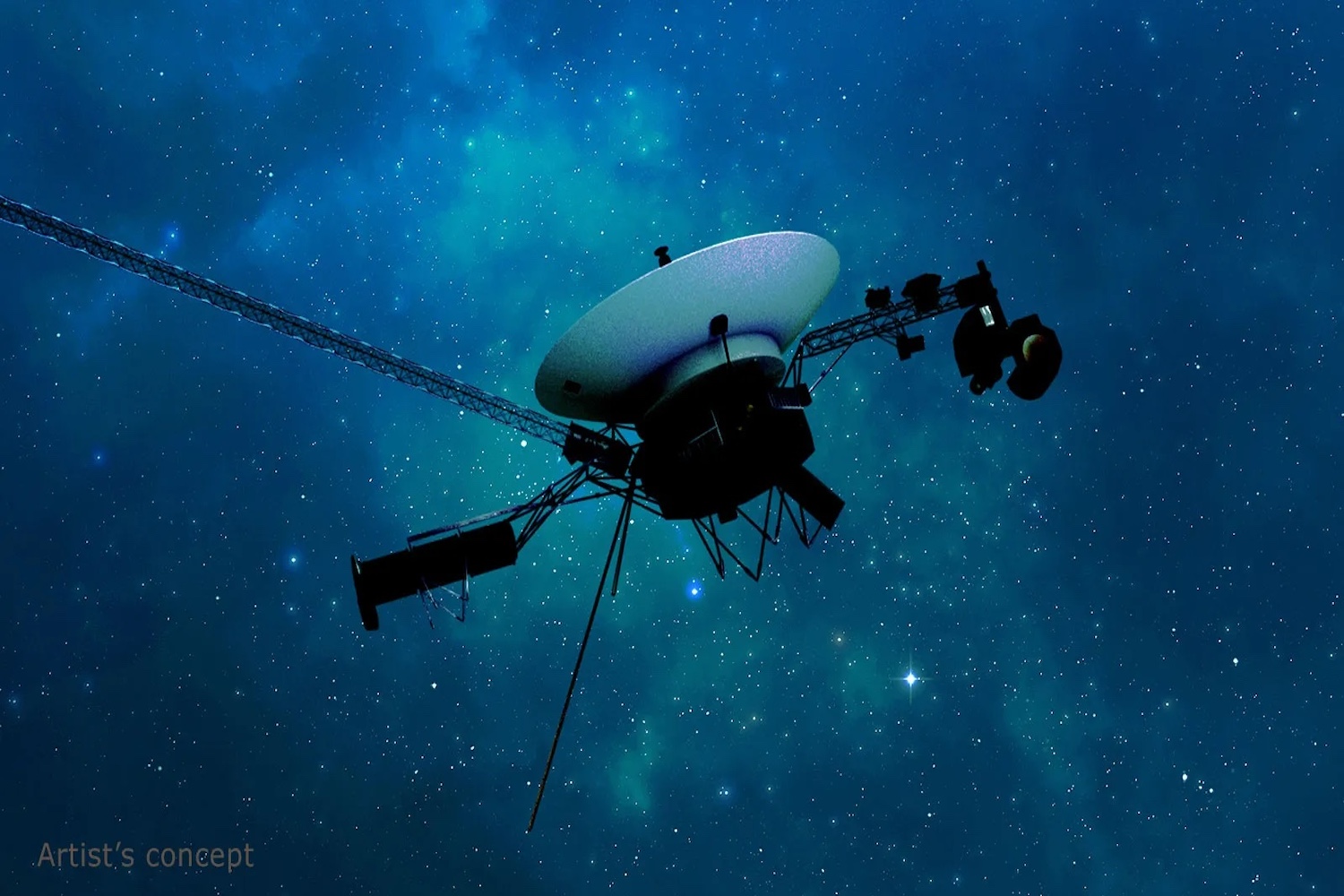NASA’s Orion spacecraft has executed its final close flyby of the Moon, in what is expected to be the last major course correction of the Artemis 1 mission.
Update: 12:20 p.m. ET: Orion successfully completed its return flyby burn, which began at 11:43 a.m. ET and lasted for 3 minutes and 27 seconds. The maneuver set up the spacecraft for its return journey to Earth.

Original post follows.
During the close lunar flyby, slated for Monday, December 5 at 11:42 a.m. (all times Eastern), Orion will come within 72.9 miles (117.3 kilometers) of the Moon’s surface. The burn will commence one minute later and last for approximately 3 minutes and 27 seconds. The gravitational assist will serve to boost Orion’s speed by around 655 mph (1,054 km/hr).
The capsule will venture behind the far side of the Moon, resulting in a communications blackout period that’s expected to last for around 31 minutes. Live coverage of the lunar flyby is available on NASA TV, YouTube, and in the live stream below.
Today’s powered flyby is the last major maneuver of the Artemis 1 mission, though NASA will still need to perform several tiny course corrections in the coming days. Orion will return home on Sunday, December 11, splashing down in the Pacific Ocean at 12:40 p.m. ET. That will conclude the Artemis 1 mission, which began on November 16 with the spectacular launch of NASA’s Space Launch System (SLS) rocket.
Orion broke free from its target orbit—distant retrograde orbit—on December 1, kickstarting the return phase of the mission. The capsule performed a minor course correction burn on December 4, allowing it to move slightly faster than before. At around 4:30 p.m. yesterday, Orion was 222,213 miles (357,617 km) from Earth, speeding along at 3,076 miles per hour (4,950 km/hr). Artemis 1 is a demonstration mission that’s meant to set the stage for the crewed Artemis 2 mission, currently scheduled for 2024.
The current mission appears to be going exceptionally well, save for some minor annoyances. Controllers are currently looking into an issue in which four of the capsule’s limiters suddenly switched off. The limiters, responsible for downstream power, were successfully turned back on and never caused major problems, NASA says. The agency is currently investigating, but it may be connected to a similar issue experienced earlier, in which a component in the service module spontaneously opened without a command.
More: The SLS Moon Rocket Exceeded Expectations With Its Historic Liftoff, NASA Says














